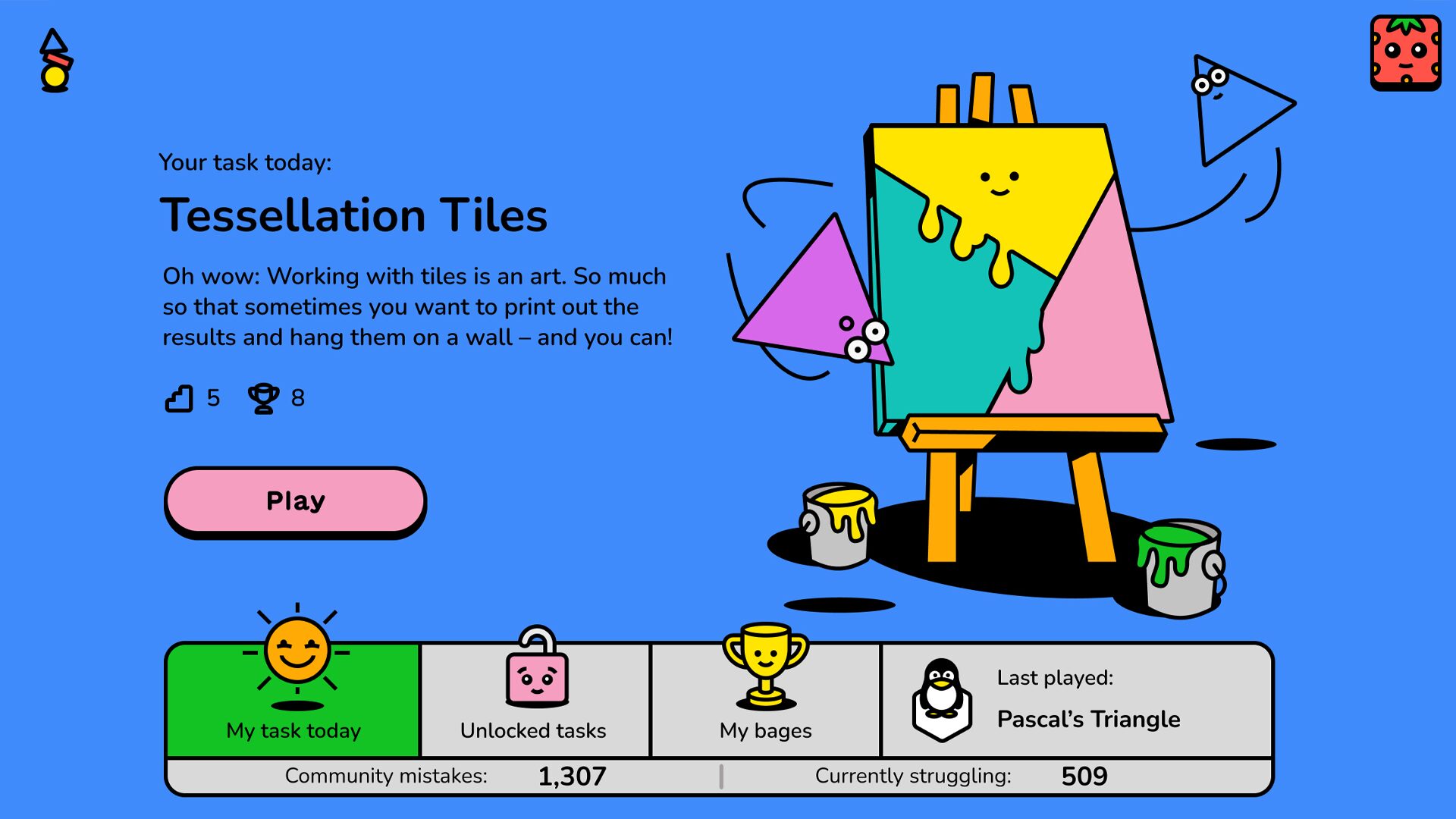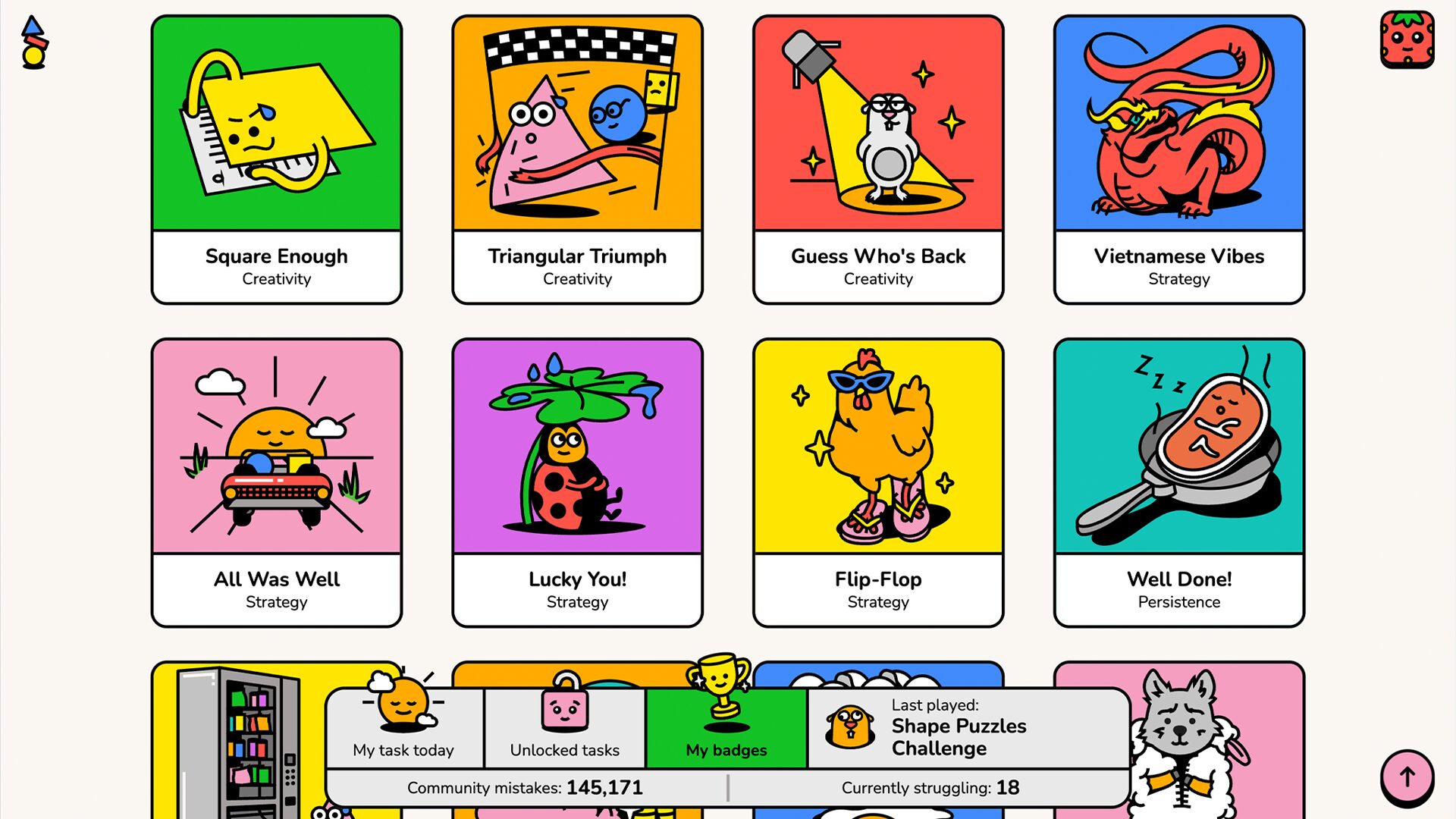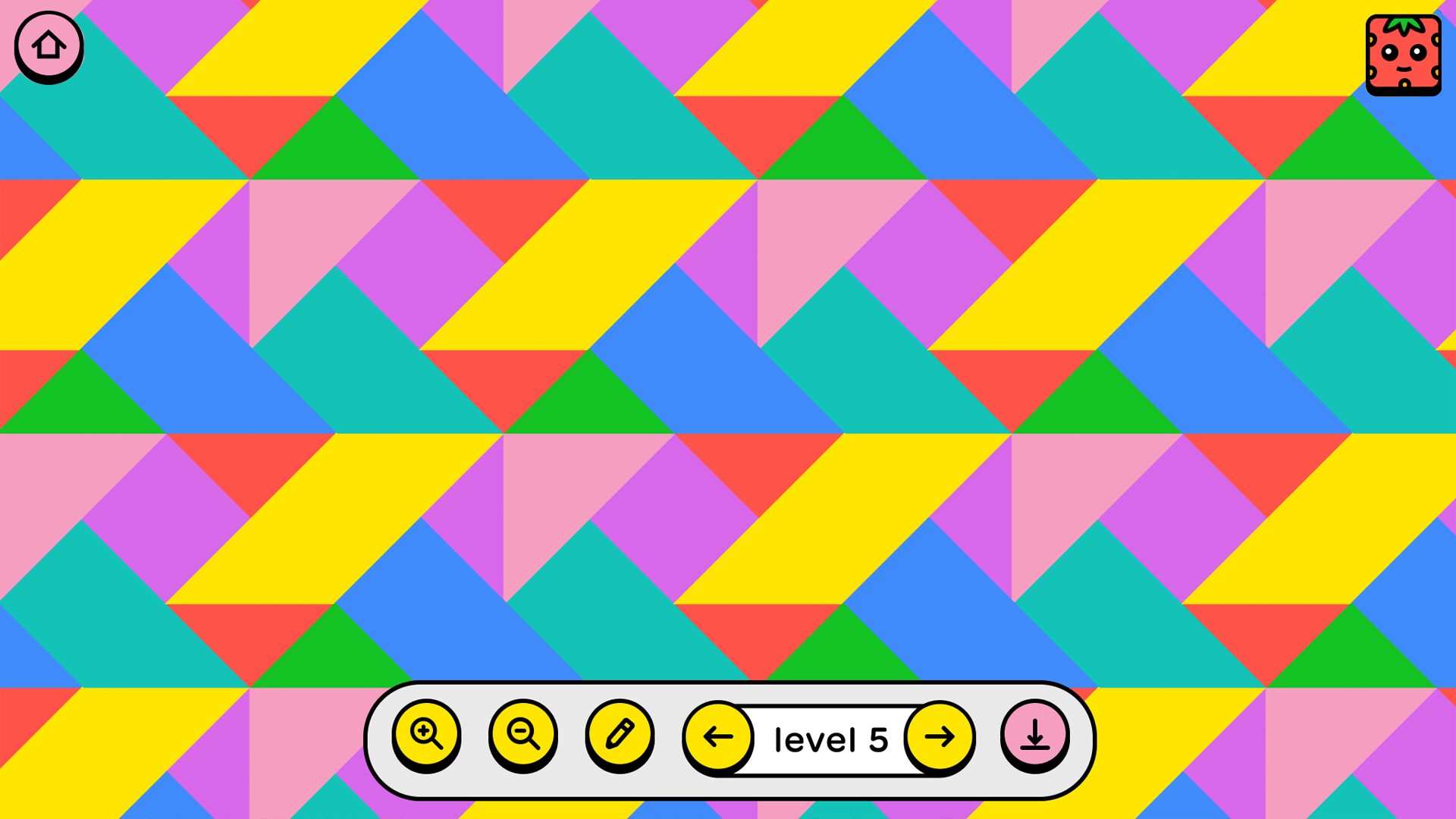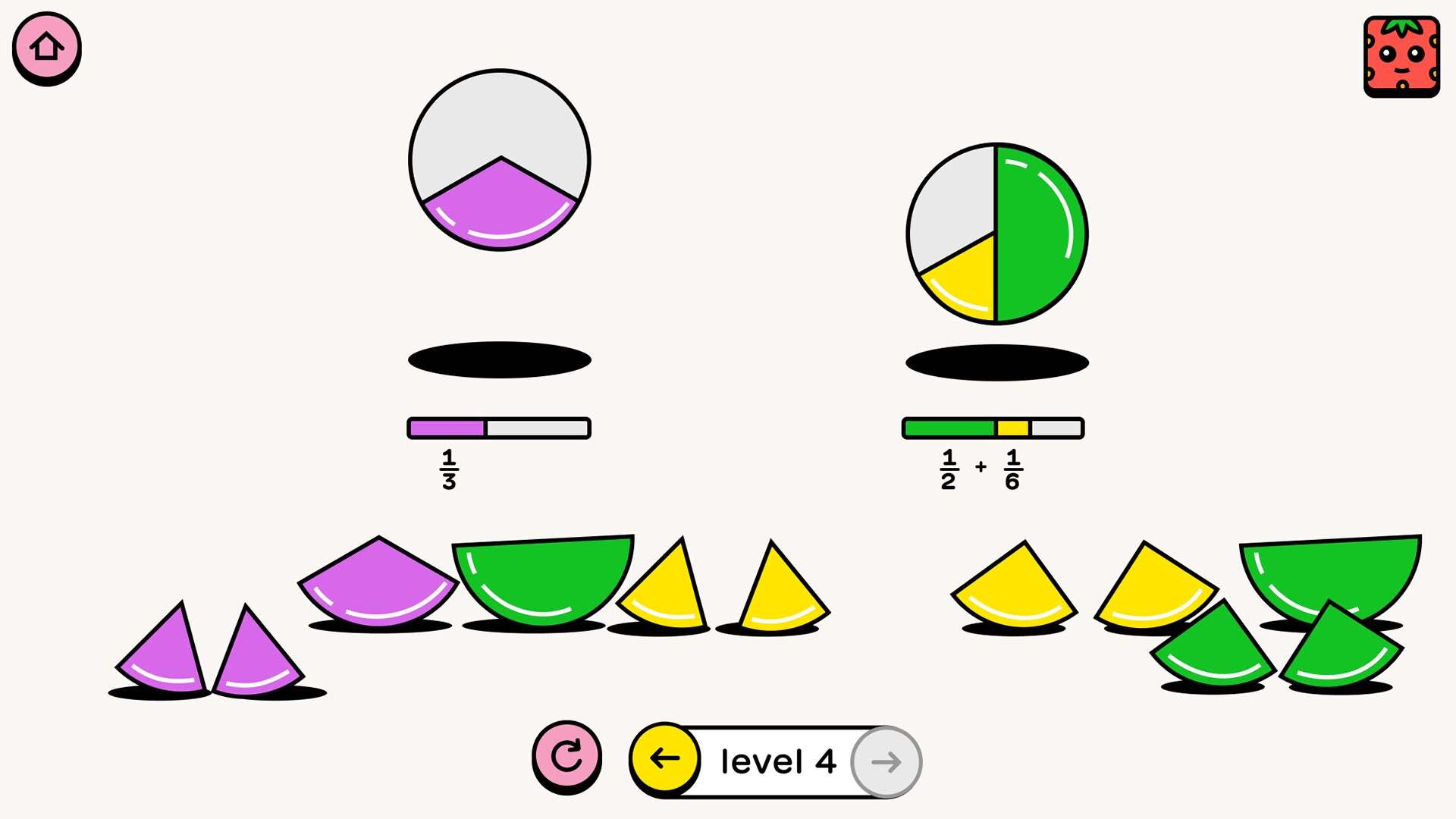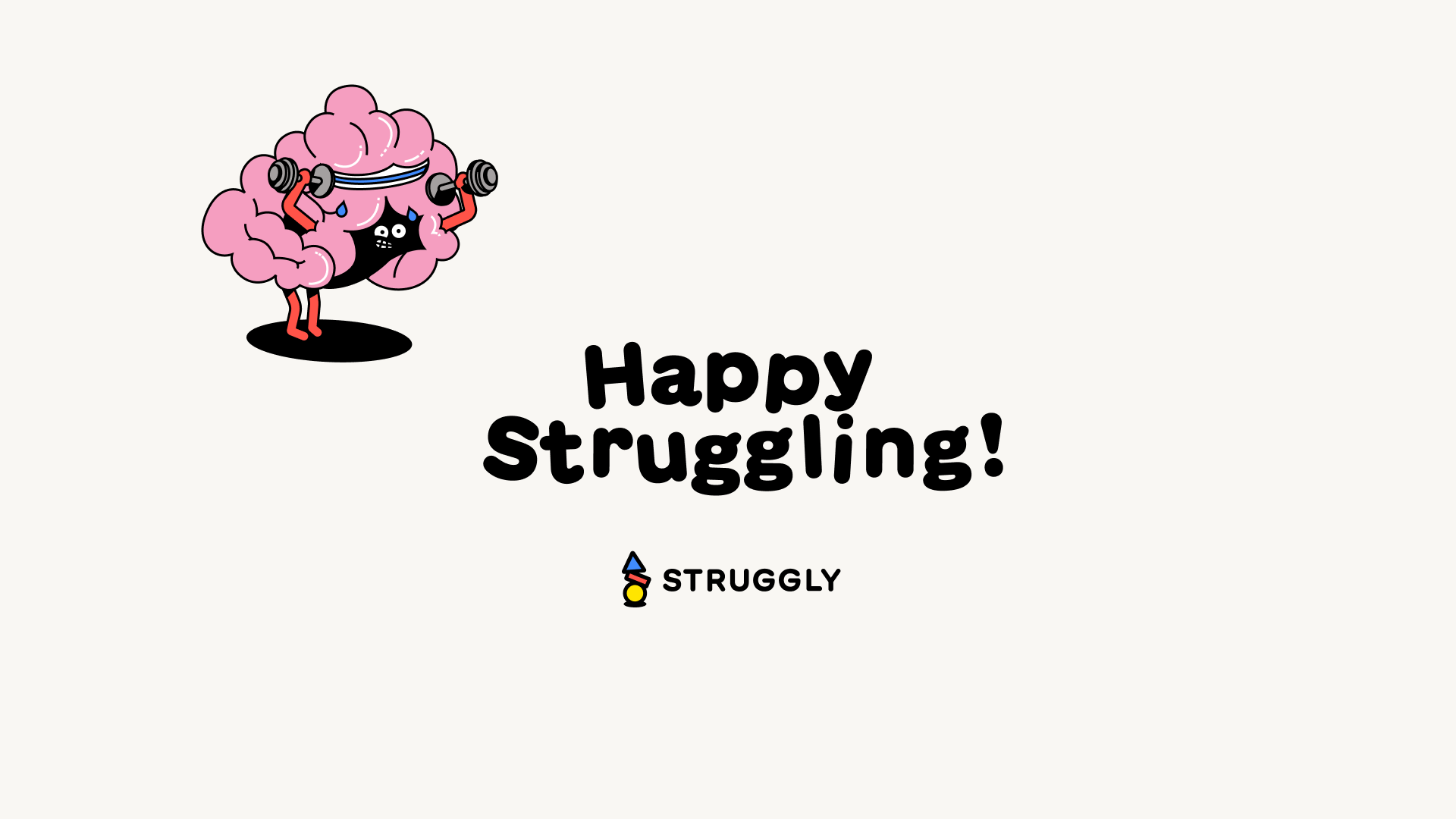
Q: Can you briefly describe your project and the concept behind it?
A: Struggly brings together three high impact research spaces so that all children can reach their full potential: neuroscience, mathematics education, and growth mindset. Struggly lets children experience mathematics:... as a visual, creative, connected subject
... with a focus on strategizing, creativity, and persistence
... in an explorative, inspiring, and engaging way
... with a growing self-confidence in their intellectual abilities

